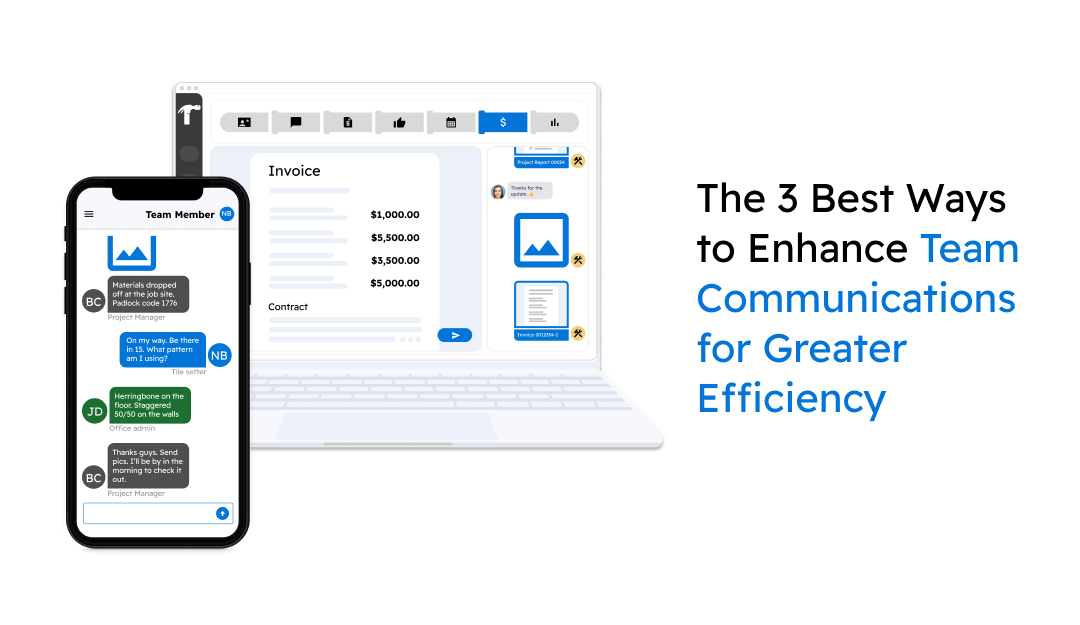The 3 Best Ways to Improve Construction Communications for Greater Efficiency
In today’s fast-paced business environment, efficient construction communication is not just important—it’s essential. Miscommunications can lead to missed deadlines, strained relationships, and ultimately, a hit to your bottom line. Here are the three best practices to improve and streamline your team’s construction communications and ensure that everyone is on the same page.
1. Use the Right Communication Tools
The first step towards efficient communication is to equip your team with the right tools. Email, while a standard, is not always the fastest or most efficient means of communication. Projul provides groundbreaking channeled construction communications, instant messaging, as well as photo and file sharing.
2. Establish Clear Communication Protocols
Having the right tools is only part of the solution. To truly be effective, establish clear communication protocols. This means setting expectations on how and when to use different communication channels. For instance, instant messages can be used for urgent issues, while emails can be reserved for non-urgent, long-form communication. Define response time expectations and ensure everyone understands the priority levels of different types of messages.
3. Foster an Environment of Open and Transparent Communication
Efficiency isn’t just about speed; it’s about clarity and understanding. Create an environment where team members feel comfortable sharing their thoughts and asking questions. Encourage team leaders to regularly check in with their teams using Projul’s channeled communications. This can be facilitated through team collaborations. Transparency about company goals, changes, and decisions can also enhance trust and efficiency, as team members feel more secure and informed.
Conclusion
Improving team communication is a multifaceted endeavor that combines the right tools, clear protocols, and a culture of openness. By focusing on these three areas, you can minimize misunderstandings, streamline workflows, and foster a more connected and informed team. Remember, effective communication is a continuous process of learning and adjusting, so stay flexible and keep the lines of dialogue open.
As you implement these strategies, keep an eye on the impact they have on your team’s performance. Adjust and fine-tune as needed, and you’ll find that over time, these practices will lead to a more harmonious and productive work environment. Check out our communications page
